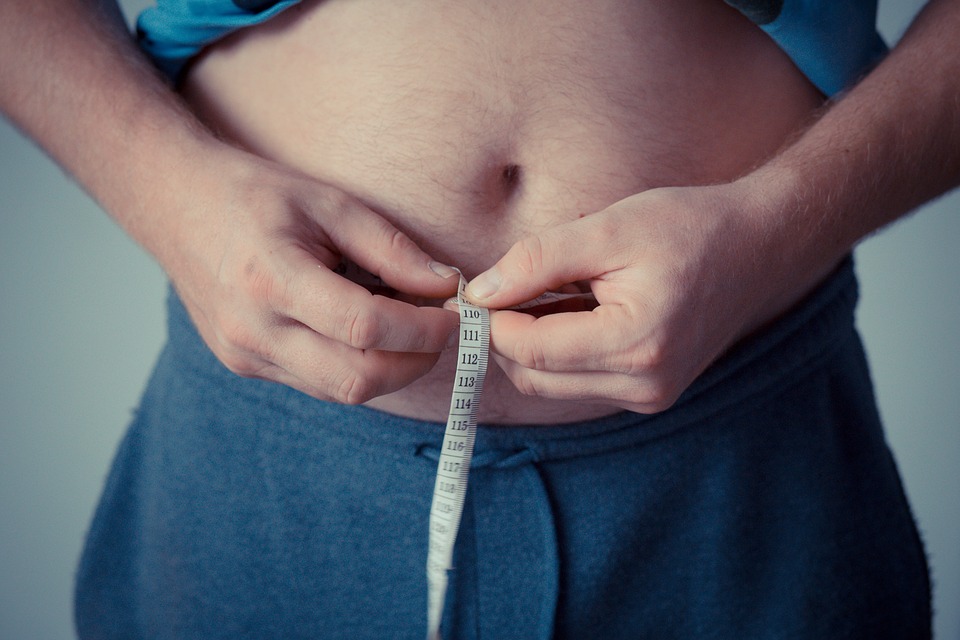The term “obese” describes a person who’s very overweight, with a lot of body fat.
It’s a common problem in the UK that’s estimated to affect around one in every four adults and around one in every five children aged 10 to 11.
Defining obesity
There are many ways in which a person’s health in relation to their weight can be classified, but the most widely used method is body mass index (BMI).
BMI is a measure of whether you’re a healthy weight for your height. You can use the BMI healthy weight calculator to work out your score.
For most adults, a BMI of:
18.5 to 24.9 means you’re a healthy weight
25 to 29.9 means you’re overweight
30 to 39.9 means you’re obese
40 or above means you’re severely obese
BMI isn’t used to definitively diagnose obesity, because people who are very muscular sometimes have a high BMI without excess fat. But for most people, BMI is a useful indication of whether they’re a healthy weight, overweight or obese.
A better measure of excess fat is waist circumference, which can be used as an additional measure in people who are overweight (with a BMI of 25 to 29.9) or moderately obese (with a BMI of 30 to 34.9).
Generally, men with a waist circumference of 94cm (37in) or more and women with a waist circumference of 80cm (about 31.5in) or more are more likely to develop obesity-related health problems.
Read more about diagnosing obesity.
Risks of obesity
It’s very important to take steps to tackle obesity because, as well as causing obvious physical changes, it can lead to a number of serious and potentially life-threatening conditions, such as:
some types of cancer, such as breast cancer and bowel cancer
Obesity can also affect your quality of life and lead to psychological problems, such as depression and low self-esteem (see below for more information about the health problems associated with obesity).
Causes of obesity
Obesity is generally caused by consuming more calories – particularly those in fatty and sugary foods – than you burn off through physical activity. The excess energy is stored by the body as fat.
Obesity is an increasingly common problem because for many people modern living involves eating excessive amounts of cheap, high-calorie food and spending a lot of time sitting down, at desks, on sofas or in cars.
Read about why sitting too much is bad for your health.
There are also some underlying health conditions that can occasionally contribute to weight gain, such as an underactive thyroid gland (hypothyroidism), although these type of conditions don’t usually cause weight problems if they’re effectively controlled with medication.
Read more about the causes of obesity.
Treating obesity
The best way to treat obesity is to eat a healthy, reduced-calorie diet and exercise regularly. To do this you should:
eat a balanced, calorie-controlled diet as recommended by your GP or weight loss management health professional (such as a dietitian)
join a local weight loss group
take up activities such as fast walking, jogging, swimming or tennis for 150 to 300 minutes (two-and-a-half to five hours) a week
eat slowly and avoid situations where you know you could be tempted to overeat
You may also benefit from receiving psychological support from a trained healthcare professional to help change the way you think about food and eating.
If lifestyle changes alone don’t help you lose weight, a medication called orlistat may be recommended. If taken correctly, this medication works by reducing the amount of fat you absorb during digestion. Your GP will know whether orlistat is suitable for you.
In rare cases, weight loss surgery may be recommended.
Read more about the NHS weight loss guide and how obesity is treated.
Outlook
There’s no “quick fix” for obesity. Weight loss programmes take time and commitment, and work best when fully completed. The healthcare professionals involved with your care should provide encouragement and advice about how to maintain the weight loss achieved.
Regularly monitoring your weight, setting realistic goals and involving your friends and family with your attempts to lose weight can also help.
Remember that even losing what seems like a small amount of weight, such as 3% or more of your original body weight, and maintaining this for life, can significantly reduce your risk of developing obesity-related complications like diabetes and heart disease.
Couch to 5K
If it’s been a long time since you did any exercise, you should check out the NHS Choices Couch to 5K running plan.
It consists of podcasts delivered over the course of nine weeks and has been specifically designed for absolute beginners.
To begin with, you start running for short periods of time, and as the plan progresses, gradually increase the amount.
At the end of the nine weeks, you should be able to run for 30 minutes non-stop, which for most people is around five kilometres (3.1 miles).


